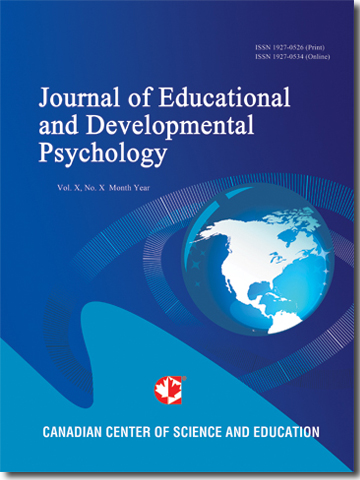Exploring the Shift in Children’s Incline Motion Predictions: Fragmentation and Integration of Knowledge as Possible Contributors
- Michael Hast
Abstract
Recent research with primary school children has indicated that while younger children believe a light ball will
roll down an incline faster than a heavy ball—matching their beliefs about horizontal motion—older children
believe the heavy ball will roll down faster—matching their conceptions about fall. Tentative suggestions
regarding the cause of this age shift were made, but no clear conclusion could be reached. The present research
aimed to resolve this issue by addressing the subjectivity of children’s predictions. Children (N = 210) aged 5-11
completed a paper-based task where the trajectories of a heavy and a light ball needed to be contrasted for three
motion dimensions—horizontal, fall and incline—to address how trajectory predictions compare. The findings
suggest that a declining salience of the horizontal dimension in the reasoning process appears to contribute to the
age-related shift. It is proposed that these developmental changes in making predictions about object motion can
be explained on the basis of fragmentation and knowledge integration. The importance of this work lies in
contributing towards clearer models of how commonsense theories of motion develop across childhood. This, in
turn, bears implications for curriculum structures and teaching approaches in primary science.
- Full Text:
 PDF
PDF
- DOI:10.5539/jedp.v4n2p74
Journal Metrics
(The data was calculated based on Google Scholar Citations)
1. Google-based Impact Factor (2021): 1.11
2. h-index (December 2021): 29
3. i10-index (December 2021): 87
4. h5-index (December 2021): N/A
5. h5-median (December 2021): N/A
Index
- Academic Journals Database
- CNKI Scholar
- Copyright Clearance Center
- CrossRef
- Elektronische Zeitschriftenbibliothek (EZB)
- EuroPub Database
- Excellence in Research for Australia (ERA)
- Harvard Library
- Jisc Library Hub Discover
- JournalSeek
- JournalTOCs
- LIVIVO (ZB MED)
- LOCKSS
- MIAR
- Open Access Journals Search Engine(OAJSE)
- PKP Open Archives Harvester
- Publons
- ROAD
- Scilit
- SHERPA/RoMEO
- Standard Periodical Directory
- Stanford Libraries
- Technische Informationsbibliothek (TIB)
- UCR Library
- UoB Library
- WorldCat
- Zeitschriften Daten Bank (ZDB)
Contact
- Carol WongEditorial Assistant
- jedp@ccsenet.org
